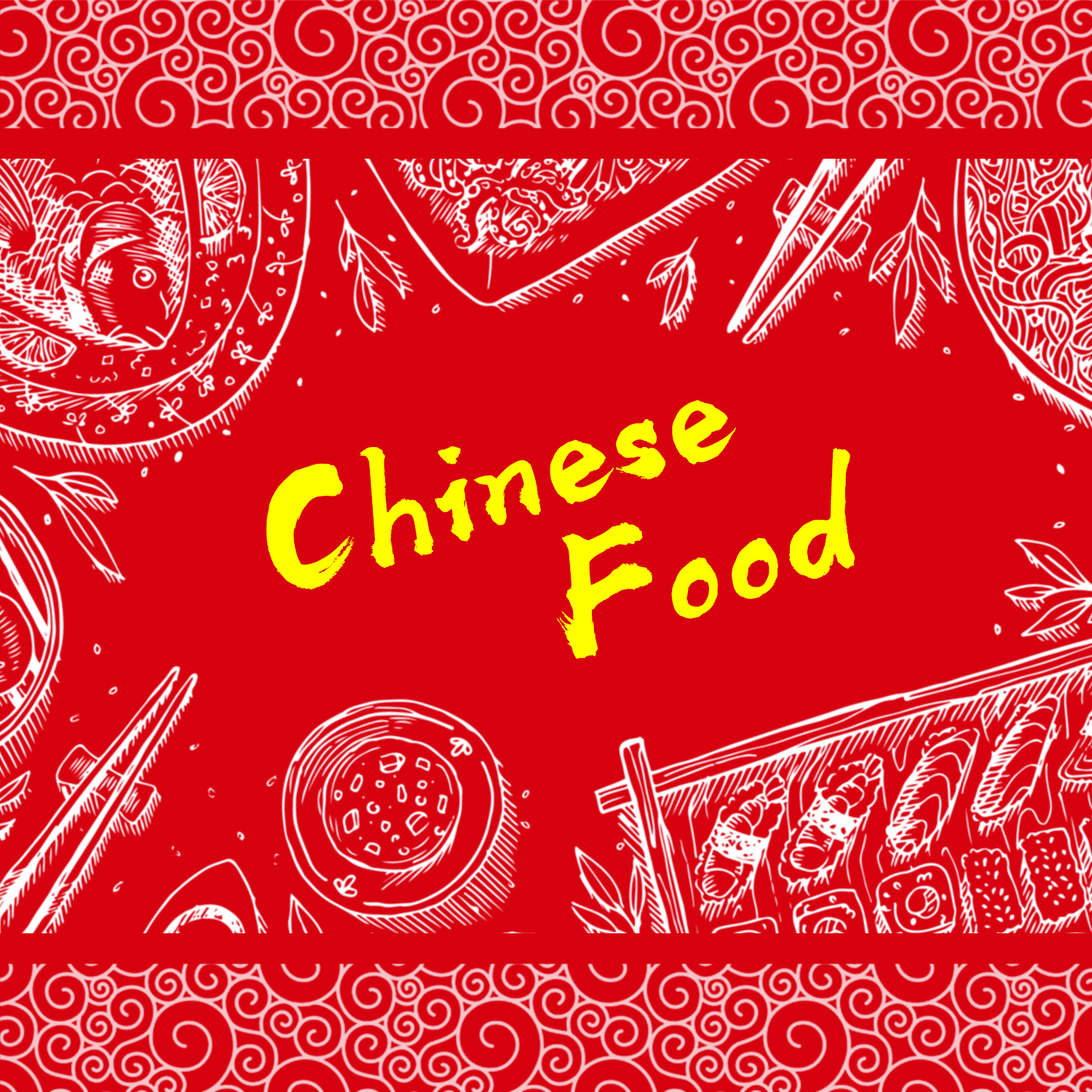Steamed Fish (qīng zhēng yú) is one of the purest expressions of Cantonese culinary philosophy. This dish highlights freshness, using live or very fresh fish, often grouper or sea bass. The fish is gently steamed with ginger, scallions, and soy sauce, allowing its natural sweetness to shine. Historically, steaming fish has been a way to celebrate abundance during festivals and family reunions. Nutritionally, fish provides lean protein, omega-3 fatty acids, and essential minerals, making it both delicious and health-promoting. The cooking method preserves nutrients better than frying or braising. Preparation requires timing precision to avoid overcooking, ensuring the flesh remains tender and moist. Steamed Fish carries cultural significance, often served at banquets to symbolize prosperity and good fortune, since the word “fish” (yú) sounds like “surplus” in Chinese. Today, it remains a staple in Cantonese restaurants worldwide, valued for its elegance and health benefits. Its appeal comes from the harmony of simple, fresh ingredients elevated by careful execution. For diners, Steamed Fish is more than food; it is a representation of Cantonese respect for nature and balance.


Comments (0)